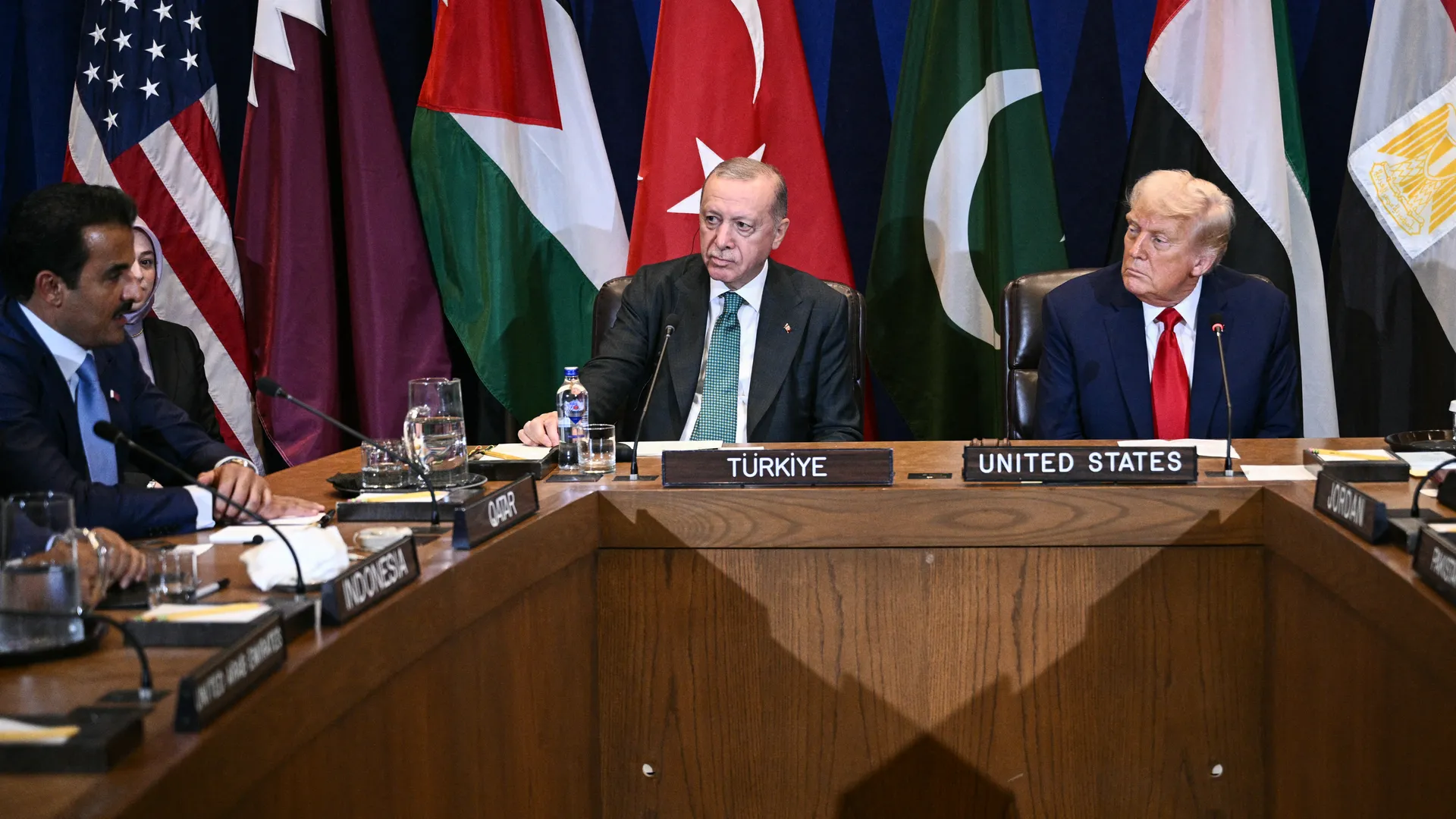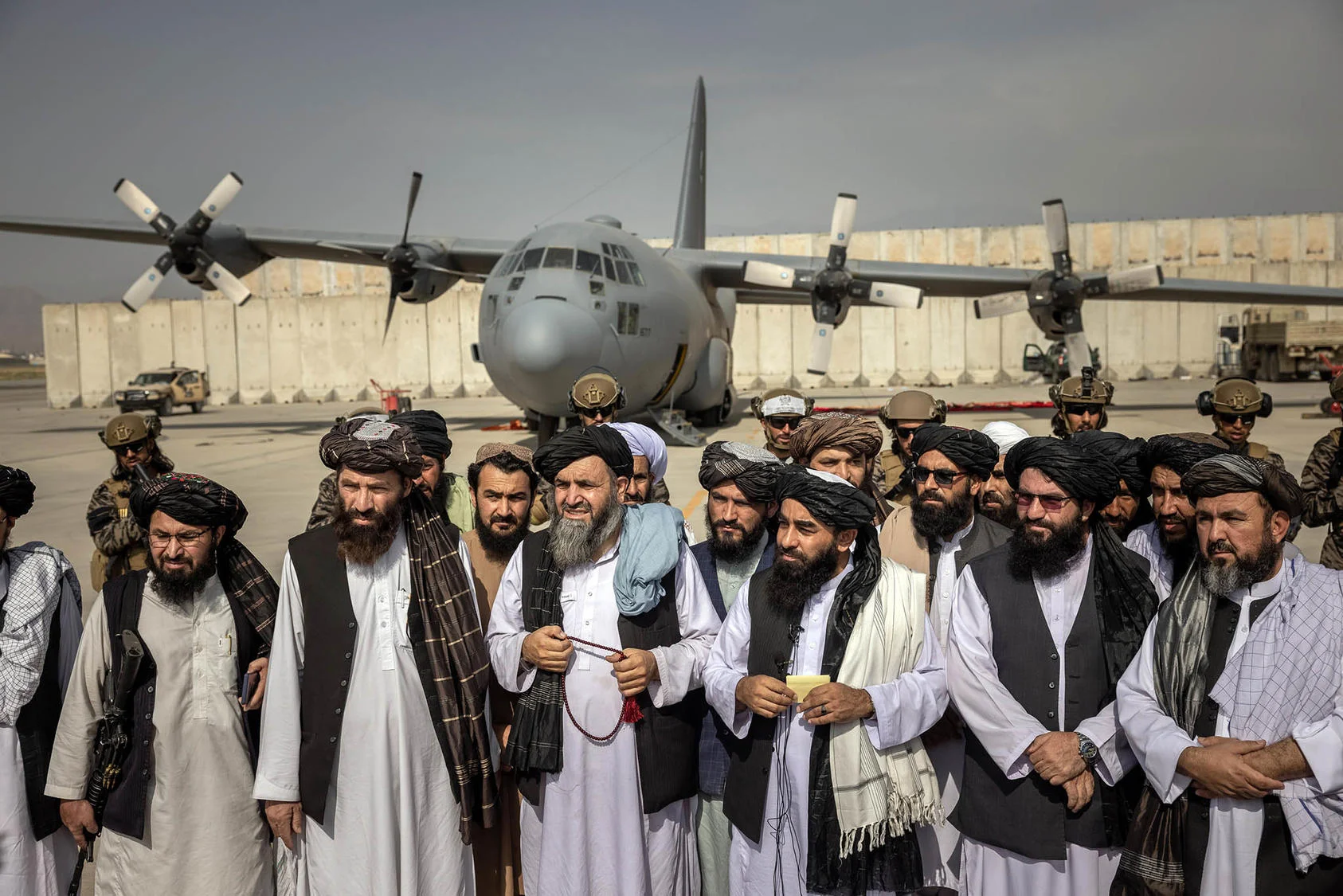In the fraught landscape of Middle East diplomacy, moments of apparent consensus are as rare as they are fragile. For a brief period, it seemed the Trump administration had achieved the near-impossible: a 20-point plan to end the Gaza conflict that garnered initial, albeit cautious, support from key Muslim-majority nations, including Pakistan and Turkey. A joint statement from eight major Muslim countries hailed the initiative, suggesting a potential breakthrough. However, this nascent optimism was swiftly dismantled. Following a pivotal meeting between former US President Donald Trump and Israeli Prime Minister Benjamin Netanyahu, the plan underwent a radical transformation. The revised document alienated its initial backers, ignited a controversy across the Arab world, and now teeters on the brink of failure, a stark case study in the complexities of Israeli-Palestinian peacemaking.
The Initial Proposal
The original 20-point plan, circulated among Arab and Muslim leaders, was built on pillars that, while ambitious, seemed to address the core concerns of regional stakeholders. It called for a complete ceasefire with a swift 30-day withdrawal of Israeli forces to a designated Witkoff line. Crucially, it offered a blanket amnesty to all Hamas members who laid down their arms, a measure aimed at de-escalation. Governance was envisioned through a transitional committee of Arab League representatives and Palestinian technocrats, with reconstruction funds flowing from Doha, Riyadh, and Abu Dhabi.
The plan outlined a clear demilitarization process under international monitoring and the deployment of an International Stabilization Force (ISF) to secure borders and assist in governance. It also offered a tangible political horizon, establishing a clear pathway toward recognition of a Palestinian state. Qatar was cast as a key mediator, and the inclusion of interfaith dialogue programs signaled a focus on long-term peace.
Solidifying this initial wave of optimism was a powerful joint statement issued by eight of the region’s most influential Muslim-majority nations: Saudi Arabia, Turkey, Pakistan, Egypt, Jordan, the United Arab Emirates, Qatar, and Indonesia. This collective endorsement was a significant diplomatic achievement, representing a rare moment of unity on the Israeli-Palestinian issue. The statement not only welcomed Trump’s efforts but critically highlighted the plan’s alignment with the long-held goal of a two-state solution. By publicly backing the proposal’s clear pathway to Palestinian statehood, these nations lent crucial legitimacy and political weight to the process, signaling to the international community that a broad regional coalition was prepared to support a viable and comprehensive peace framework.
The Netanyahu Meeting and the Great Unwinding
The plan’s trajectory shifted dramatically after Trump’s discussions with Netanyahu. The revised text reflected a wholesale realignment of priorities, tilting decisively toward Israeli security demands. The changes made were structural and fundamental.
- Ceasefire & Withdrawal: The complete ceasefire became contingent, with an Israeli withdrawal in stages to an agreed security line. The 30-day timeline vanished.
- Hamas’s Fate: The amnesty was revoked, replaced by the possibility of safe passage, ruling out a blanket pardon.
- Governance: The Arab-led authority was scrapped. In its place emerged a US-led Board of Peace, chaired personally by President Trump.
- Economic Development: Reconstruction was placed under the supervision of the Board of Peace, centralizing control.
- Demilitarization: The language intensified to the wholesale destruction and permanent dismantlement of all military infrastructure.
- International Force: The ISF’s role was curtailed, reduced to coordinating with Israel and Egypt on security and aid.
- Israeli Security: The promise of a full withdrawal was replaced with an open-ended security perimeter presence for Israel.
- Palestinian Statehood: The clear pathway was downgraded to a vague political horizon, contingent on security benchmarks.
- Qatar’s Role: The clause positioning Qatar as a key mediator was deleted entirely.
- Interfaith Dialogue: This component was removed without replacement.
These alterations collectively transformed the document from a multi-lateral framework into a US-Israeli centric security arrangement. Critically, by replacing tangible incentives like amnesty with punitive measures, the new conditions severely diminished the likelihood of Hamas ever agreeing to the terms, arguably making the plan untenable from the start.
A key factor compounding the diplomatic confusion was the messaging from Israel. Prime Minister Netanyahu projected an image of cooperation in English-language forums, yet his rhetoric for domestic audiences in Hebrew was starkly different, assuring his base that Israel had no intention of ceding security control over Gaza. This perceived duplicity fueled mistrust among Arab partners who felt they were being presented with a different deal than the one being discussed internally in Israel.
The Collapse of Consensus
The private anger among Arab states quickly became public. An Axios report captured the breadth of the initial outrage, stating there was deep Arab anger over the unilateral changes. The report specified that officials from key regional powers including Saudi Arabia, Egypt, Jordan, and Turkey were furious over changes to the proposal. It also detailed Qatar’s failed, last-ditch effort to prevent the White House from releasing the new text, underscoring the depth of the disagreement.
This private anger soon spilled into the open as key partners sought to manage the diplomatic fallout. In a press conference, Pakistan’s foreign minister, Ishaq Dar, articulated a nuanced position that reflected the broader regional sentiment. He pointedly rejected ownership of the new document, stating, “This is not our document.” This was less a complete withdrawal from the peace effort and more a sharp distinction between the plan released by the White House and the principles the eight Muslim nations had collectively endorsed. Dar clarified that their commitment was to their joint statement, which they owned, and its core objectives: a ceasefire, humanitarian aid, and an end to forced displacement. It was a public manifestation of the private disagreement, laying bare the bait-and-switch that had transformed potential partners into aggrieved parties.
A Crisis of Process and Trust
The 20-point Gaza plan now stands on the brink, not yet formally rejected by Hamas, but severely undermined by a fundamental collision between two opposing diplomatic models. The initial proposal hinged on a multilateral, consensus-driven approach, where the buy-in of regional powers was seen as essential for legitimacy and implementation. The final version, however, reflects a philosophy that prioritizes the security architecture of a single, key ally above all else. This pivot was not merely a diplomatic miscalculation but a strategic choice to trade broad regional consensus for ironclad Israeli approval, a decision that has rendered the plan politically toxic for the very Arab partners whose support was initially courted.
The long-term consequences of this episode, regardless of the plan’s final outcome, are significant. The unilateral changes risk undermining the diplomatic standing of the unified bloc of Muslim nations that supported the initial framework. This shift complicates the landscape on both an international and a domestic front.
Internally, leaders in these countries, where populations are widely pro-Palestine, now face accusations of colluding with Israel. They are caught in a political trap, having backed what appeared to be a balanced proposal only to see it morph into a heavily pro-Israel version, forcing them into public retractions to manage domestic anger. Ultimately, the plan’s precarious position reveals a critical truth about this intractable conflict, that the process is as important as the proposal itself. A viable peace cannot be dictated, it must be collectively built.






